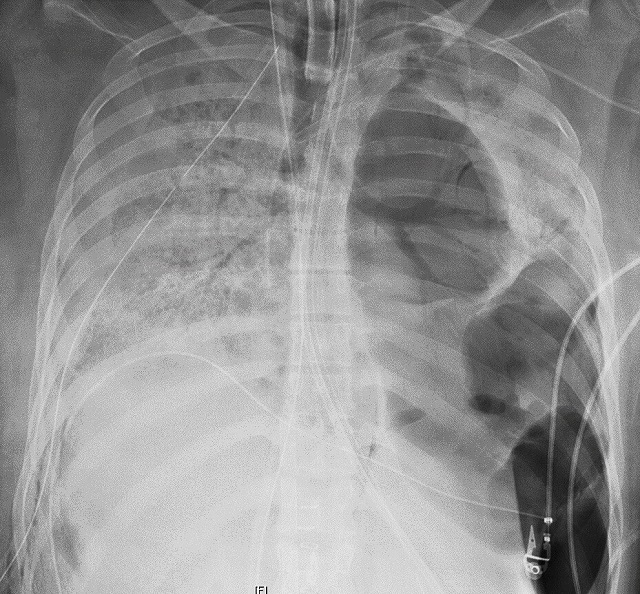
Kampala, Uganda | THE INDEPENDENT | A new report released by the World Health Organization (WHO) shows that lung cancer remains the most commonly occurring cancer worldwide. It has 2.5 million new cases, accounting for 12.4% of the total 20 million new cases.
Experts attribute this to the persistent use of tobacco products in many parts of the World mostly in Asia despite awareness efforts. The report which was released as part of the initiatives to mark World Cancer Day held annually in February to create awareness about cancer as a public health issue also shows that 9.7 million people died of cancer in 2022.
The estimated number of people who were alive within 5 years following a cancer diagnosis was 53.5 million. About 1 in 5 people develop cancer in their lifetime, approximately 1 in 9 men and 1 in 12 women die from the disease. According to the rankings, lung cancer was followed by female breast cancer as the second most occurring cancer with 2.3 million new cases being diagnosed followed by colorectal cancer at 1.9 million cases.
Others include prostate cancer at 1.5 million cases and stomach cancer at 970 000 cases. Overall, the new estimates show that 10 types of cancer collectively comprised around two-thirds of new cases and deaths globally in 2022. Data covers 185 countries and 36 cancers.
Researchers at the WHO also analyzed the incidence of cancer in terms of sex and now report that for women the most commonly diagnosed cancer and leading cause of cancer death was breast cancer, whereas it was lung cancer for men. Breast cancer was the most common cancer in women in the vast majority of countries accounting for 157 of 185.
Experts say these statistics reveal striking inequities in the cancer burden according to human development particularly true for breast cancer. In countries with a very high human development index, 1 in 12 women will be diagnosed with breast cancer in their lifetime and 1 in 71 women die of it. By contrast, in countries with a low index, while only one in 27 women is diagnosed with breast cancer in their lifetime, one in 48 women will die from it.
“Women in lower HDI countries are 50% less likely to be diagnosed with breast cancer than women in high HDI countries, yet they are at a much higher risk of dying of the disease due to late diagnosis and inadequate access to quality treatment,” explains Dr. Isabelle Soerjomataram, Deputy Head of the Cancer Surveillance Branch.
Meanwhile, cancer cases are projected to increase to over 35 million by 2050, a 77% increase from the estimated 20 million cases in 2022. This growing burden reflects both population aging and growth, as well as changes to people’s exposure to risk factors, several of which are associated with socioeconomic development. Tobacco, alcohol, and obesity are key factors behind the increasing incidence of cancer, with air pollution still a key driver of environmental risk factors, the WHO says.
****
URN
 The Independent Uganda: You get the Truth we Pay the Price
The Independent Uganda: You get the Truth we Pay the Price



